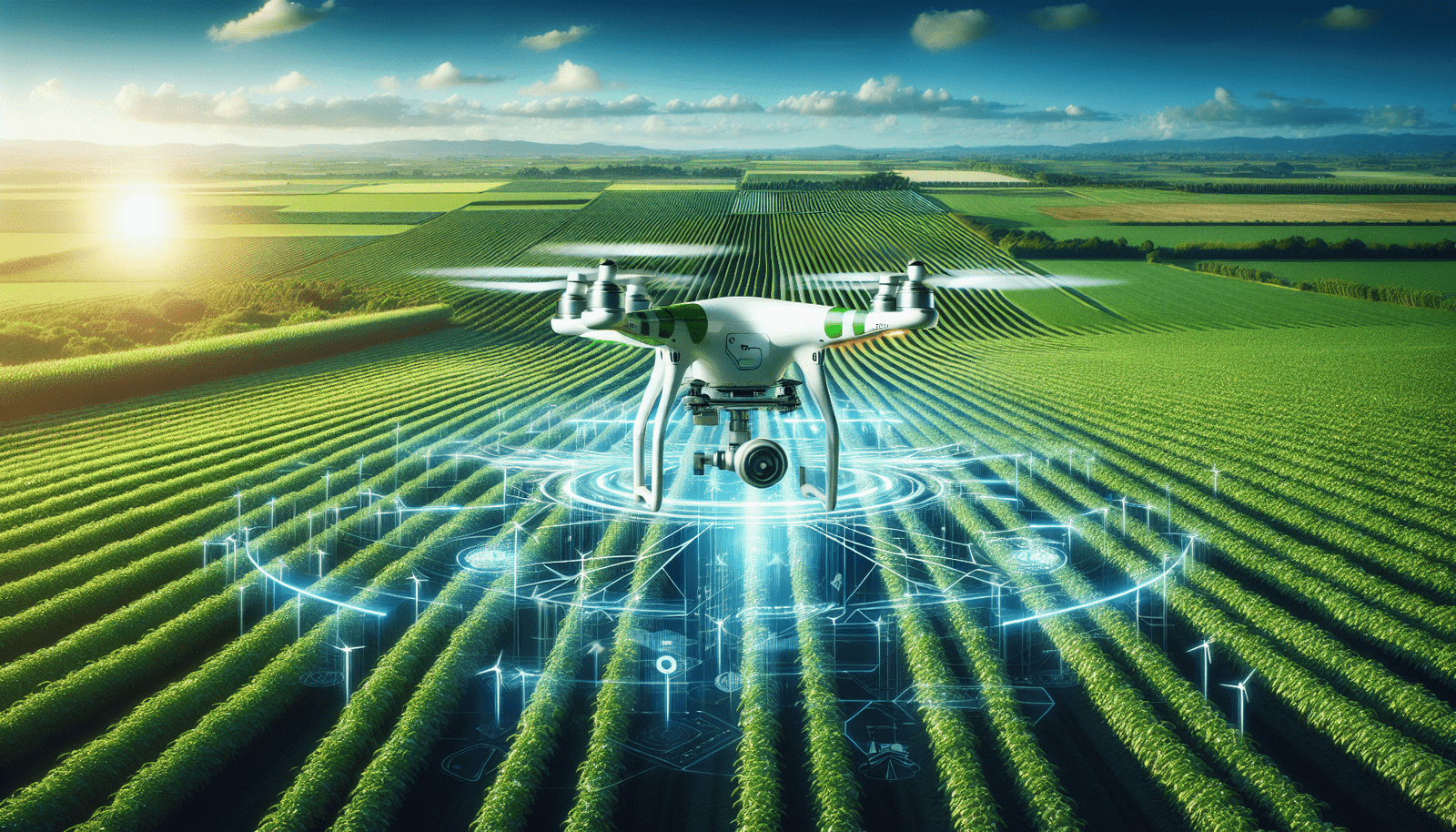Have you ever wondered how automation can play a part in building a more sustainable world? It’s a fascinating topic that combines technology with our responsibility towards the environment. Today, I want to share my thoughts on how automation is serving as a powerful ally in the quest for sustainable development.
Understanding Automation
Automation refers to the use of technology to perform tasks with minimal human intervention. This can range from simple processes like using a dishwasher to complex systems that control manufacturing processes. Essentially, by using automation, I can increase efficiency and reduce the need for human labor in certain areas, but more importantly, it often leads to reduced waste and better resource management.
The Impact of Automation on Industries
Different industries can benefit from automation in unique ways, enhancing productivity while also focusing on sustainable outcomes.
| Industry | Automation Benefits |
|---|---|
| Manufacturing | Streamlined processes, reduced waste |
| Agriculture | Precision farming, resource conservation |
| Energy | Smart grids, improved efficiency |
| Transportation | Autonomous vehicles, optimal routing |
Out of these industries, I find agriculture particularly interesting. Precision farming techniques can optimize resource use, reducing the water and fertilizers that are often wasted.
Automation in Agriculture
Agriculture is a cornerstone of our food systems, and it has a significant impact on sustainability. I find it inspiring to see how automation is transforming this sector.
Precision Farming
Precision farming involves using technology like drones and sensors to closely monitor crops. These technologies help me assess the health of plants, making it possible to apply water and fertilizers only when and where they are needed. This method conserves resources and minimizes pollution. According to research, precision farming can reduce chemical usage by up to 80%, which not only saves costs but also benefits the environment.
Robotics in Agriculture
Robotic systems are becoming increasingly common in farming. For instance, automated harvesters can work around the clock, picking crops at optimal times without the need for extensive labor. This not only increases efficiency but also ensures that less crops are left to rot in the fields, further reducing waste.
Sustainable Practices
By integrating automation with sustainable practices, I believe farmers can significantly reduce their carbon footprints. Automated irrigation systems can help in conserving water by only delivering it when necessary. This is crucial as many regions struggle with water scarcity.
Automation in Energy Management
Another critical area where automation shines is in energy management. With climate change and energy consumption being urgent matters, optimizing energy use is essential.
Smart Grids
Automation is at the heart of smart grid technology. It makes the distribution of energy more efficient and allows for real-time monitoring of energy consumption. By using smart meters, I can track how much energy I use in real-time, which encourages me to use less. Smart grids also facilitate the incorporation of renewable energy sources like solar and wind, promoting sustainability.
Energy Storage
Automated energy storage systems can capture excess energy produced by renewable sources, ensuring that it is used effectively when demand is high. This eliminates waste and provides a reliable source of energy, even when the sun isn’t shining or the wind isn’t blowing.
Predictive Maintenance
In energy facilities, predictive maintenance powered by automation can alert technicians about potential failures before they happen. This not only saves on repair costs but also prevents downtime, ensuring that energy resources are always available when needed.
Automation in Transportation
Transportation systems are a significant contributor to emissions and resource use, so I find it essential to look at how automation can help reduce our impact.
Autonomous Vehicles
The concept of self-driving cars has garnered a lot of attention. These vehicles can optimize travel routes, reducing traffic congestion and lowering fuel consumption. As they become more prevalent, I believe they could significantly reduce the environmental impact of personal and public transportation.
Smart Traffic Management
Automated traffic management systems can analyze real-time data to optimize traffic flow, reduce idle times, and minimize emissions. This means less time spent in traffic updates my daily routine while supporting a more efficient transport system.
Electrification and Automation
Combining automated transport systems with electric vehicles is a powerful strategy for reducing emissions. Electric and automated buses or delivery trucks can significantly cut down on the carbon footprint associated with traditional gasoline-powered vehicles.
Challenges and Considerations
While the benefits of automation in achieving sustainable development are clear, it’s essential to address the potential challenges and risks.
Workforce Displacement
One concern that comes to my mind is workforce displacement. As automation takes over many tasks, I worry about the people whose jobs may be at risk. It requires strategic planning to ensure that individuals can transition into new roles, particularly those that complement advanced technologies.
Energy Consumption of Automation
I also need to consider the energy consumption associated with automation technologies themselves. As I adopt more automated systems, I must ensure they are powered by sustainable energy sources. If not, the benefits of automation could be offset by the energy required to maintain these systems.
Cybersecurity Risks
As systems become more interconnected, cybersecurity becomes a concern. Automated systems can be vulnerable to hacking, which could disrupt service and pose risks to infrastructure. Developing robust cybersecurity measures alongside automation is crucial.
The Future of Automation and Sustainable Development
Looking ahead, I find it exciting to think about the potential growth of automation in sustainable development.
Innovations on the Horizon
The advancements in technology are rapid, and I see many innovative solutions yet to come. For instance, incorporating artificial intelligence with automated systems could lead to smarter decision-making in all sectors, from healthcare to urban planning.
Collaboration for Change
Collaboration between governments, industries, and communities will be key in implementing automation sustainably. I believe that by working together, we can navigate the challenges and leverage the strengths of automation for a healthier planet.
Public Awareness
Fostering public understanding and acceptance of automated systems will also be necessary. As I engage with my community about these technologies, I can help demystify them and highlight their benefits for sustainable development.
Conclusion
As I reflect on the role of automation in sustainable development, it becomes clear that it has immense potential to drive environmental, economic, and social benefits. From precision farming to smart energy grids and autonomous transportation systems, automation can contribute to a more sustainable future.
However, it’s crucial that I, along with policymakers and industry leaders, ensure that automation is implemented thoughtfully to address the challenges it presents. By doing so, I believe I can contribute to a world where technology and sustainability go hand-in-hand.
The journey towards sustainable development through automation is exciting, and I look forward to witnessing the advancements and improvements it brings in the years ahead. Let’s work together to embrace this future and make meaningful changes for our planet.






